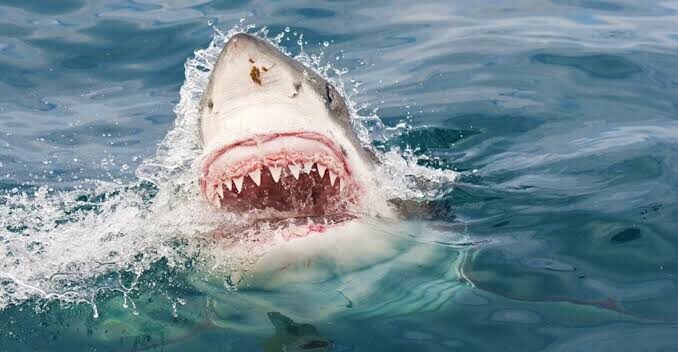
The hot weather, and MyrtleBeachSC News recent article on Bait Balls have tourists and locals focused on sharks near the shore. Shark attacks are infrequent in Myrtle Beach, ranking fifth for shark bites in the South. This high ranking is based on only six reported attacks from sharks. Considering the city’s annual visitation of over 20 million tourists, you can do the math on the odds. They are low. Research conducted by casino McLuck identified that Burkes Beach near Savannah, specifically in Hilton Head, had two shark attacks in the past ten years. Despite this, the beach did not make it into the top 10 list of locations with the highest number of shark attacks. New Smyrna Beach in Florida with 61 attacks Cocoa Beach in Florida with 17 attacks Jacksonville Beach in Florida with 8 attacks Melbourne Beach in Florida with 7 attacks Myrtle Beach in South Carolina with 6 attacks Fort Pierce in Florida with 5 attacks Juno Beach in Florida with 4 attacks Daytona Beach in Florida with 4 attacks Vero Beach in Florida with 4 attacks Folly Beach in South Carolina with 4 attacks
Sharks tagged at Hilton Head Island The OCEARCH Shark Tracker contains information on the locations of over 400 sharks. In the past ten years, their researchers have tagged 10 sharks in the waters near Hilton Head Island. Beaufort the male, 5-foot, 107-pound tiger shark was tagged on March 8, 2018. Brunswick the male, nearly 9-foot, 441-pound great white shark was tagged on Feb. 26, 2019. Caroline the female, nearly 13-foot, more than 1,400-pound great white shark was tagged on Feb. 26, 2019. Conrad the male, 10-foot, 442-pound tiger shark was tagged on June 8, 2018. DeMott the male, 11-foot, 607-pound tiger shark was tagged on June 8, 2018. Helena the female, 12-foot, nearly 2,000-pound great white shark was tagged on Feb. 22, 2019. Hilton the male, 12-foot, 1,086-pound great white shark was tagged on March 3, 2017. Milt the female, 8-foot, 188-pound tiger shark was tagged on June 8, 2018. Savannah the female, 8-foot, 359-pound great white shark was tagged on March 5, 2017. Weimar the male, 9-foot, 304-pound tiger shark was tagged on March 3, 2017 Are humans hunted by sharks? Even with these statistics and labels, shark attacks are infrequent. The International Shark Attack File verified just 76 shark bites globally last year, of which approximately 47 were unprovoked. NOAA reports that only around a dozen of the over 300 shark species have engaged in human attacks. Humans are not their typical prey; they prefer hunting seals, sea lions, and other marine creatures. Despite their opportunistic nature, attacks by sharks are still possible. The Florida Museum categorizes great whites, tiger, and bull sharks as the Big Three in the shark attack realm due to their size, ability to cause serious harm, presence in areas populated by humans, and teeth designed for shearing. However, almost any sufficiently large shark poses a potential threat, as the strength of their jaws and tooth structure can result in injury, regardless of whether the bite is meant as a feeding attempt. Prevent shark attacks by following these steps. Although unlikely, Florida Fish and Wildlife provides various recommendations to reduce the risk of a shark attack. Below are a few suggestions: Always stay in groups since sharks are more likely to bite a solitary individual. Don’t wander too far from shore. Avoid being in the water during darkness or twilight hours when sharks are more active. Because sharks see contrast very well, be wary of uneven tans and brightly colored swimsuits. Avoid wearing whiny jewelry as the light reflecting off it could look like the sheen of fish scales to a shark. Make sure you are near a lifeguard and pay attention to the flag colors they display, as each one signifies a specific message; for instance, purple warns of hazardous marine creatures.
Leave a Reply